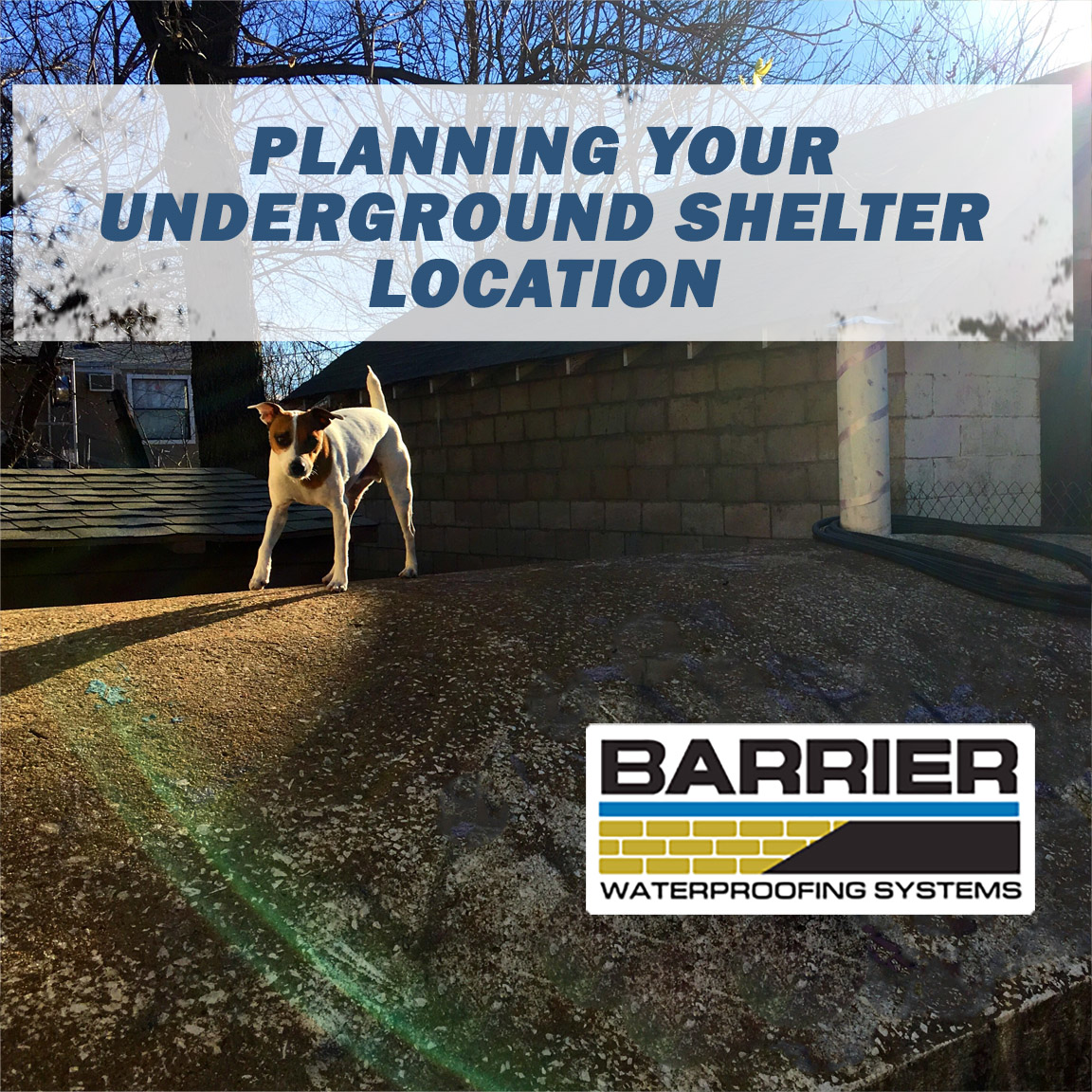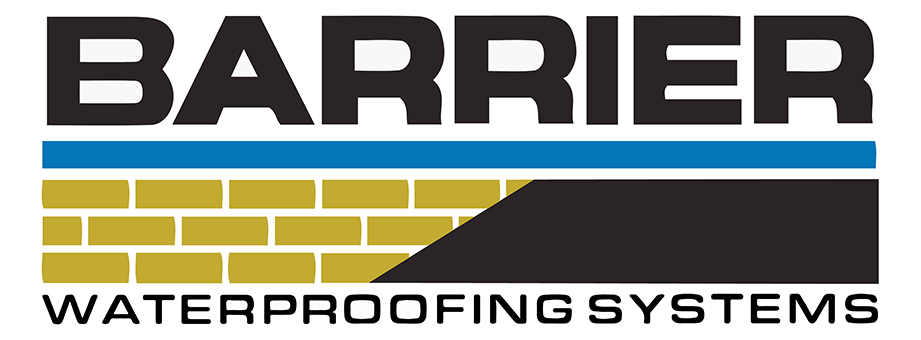Underground shelters became a thing during the Cold War when the threat of nuclear annihilation was very much real. Since the nuclear Armageddon didn’t happen, the idea behind this fortified underground shelter has become a mainstay in storm protection. One of the crucial aspects of shelter installation is its siting. The location of the underground shelter is critical in its design and eventual installation. Therefore, if the structure has to withstand seismic action, tornadoes, hurricanes, floods, and other vagaries of nature, the site has to be the first thing you get right in this whole process.
Siting is a common headache among many homeowners, but not to worry, here are a few highlights to consider when planning for your underground shelter location.
Natural access
For your shelter installation must consider the ease of accessibility from any point in the property. It should be easy for everyone living in the residence at the time of the storm to get there in the least time possible. You will surely appreciate this when you want to get in and out of your underground shelter. If you ignore the natural access aspect, you risk having debris falling on you or your structure. We wouldn’t want that, would we?
Direction of access
Ideally, you want your bunker’s access point to be sheltered from the storm’s probably direction of origin. That’s why most storm shelter installations have entries facing away from where the winds are blowing. This helps prevent jamming by debris and makes it easier to get in and out
The Horizon for Use
An underground shelter is a long-term investment as it’s bound to stay on your property for many years to come. For this reason, it need not be where it can interrupt future development. However, if you go for a temporary installation, the siting does not matter as much as the functionality. Despite this, you ought to consider its impact on productive land.
Away from large objects and buildings
Large free-standing structures like light towers, water tanks, antennas, satellite dishes, and any roof-mounted equipment are likely to be the first things taken out during the storm. On the off chance that they fail structurally, they will be a hazard to your shelter installation.
Complexity of structure
Some structures are just as simple as a slab of concrete and steel sunk into the ground, whereas others are elaborate structures with the features of a regular house—just underground. Whichever the case, you want to consider a site that is easy to work out of without compromising the structure’s quality. For example, complexity means more workers. Therefore you need a place where all the equipment and personnel will work well from.
All in all, an underground shelter is the best way to guarantee your family’s safety during a storm. You might not have millions of dollars, but that doesn’t mean you should miss out on having one. Remember, your underground bunker will need some maintenance ranging from inspections to waterproofing. For that, you can turn to us, Barrier Waterproofing Systems, the number one waterproofing and foundation repair experts in Tennesse and beyond.

